Our friend and ambassador, Charles Nicholson, set out to ride in Mallorca, Spain. Charles is a rad dad, connoisseur of custom steel bicycles, lover of Bivo bottles, relentless climbs, and good coffee. He starts off by talking about his and other's sensitivity to adding weight to the bike (yes, we know metal bottles weigh a little more🤫, only 6 tablespoons of H2O in fact) and ends with his epic adventure and beautiful photography.
Mallorca Escape, by Charles Nicholson (@charlesreza)
One of the most common questions Bivo and myself get asked is about the weight of a Bivo bottle.
This is something we especially see more of from the road community, and I totally get it!
I am just as guilty of searching for marginal weight gains. I have just finished agonizing over every single detail of a weight-weenie custom steel road bike.
The thing is that these fractional weight differences are actually meaningless. Take a look at any climb speed calculator and you will see that an additional weight of 200 or so grams will make barely a handful of seconds difference over even a 10km climb!
So with that in mind, I decided to get my bike fully loaded up, complete with two Bivo One 21oz bottles, and head to the cycling paradise of Mallorca.
The plan? To ride every coll in the North of Mallorca within 36 hours and carry everything I need for a night sleeping under the stars.

I caught a short ferry from Menorca where I was on holiday with my family, like most living in Barcelona do. A delayed arrival into Port Alcudia meant I had to get my kit ready fast on the boat and get moving.

The first part of the journey would be navigating through the typically narrow lowland roads that characterize the Iberic islands. Water already felt eerily scarce with no fountains and very few shops around. Little did I know this would be a running theme!
In a flash, the flatlands of Pollença end, and the climbs begin. Climbing up the first Coll de Femenia you immediately get the sense of being transported into an arid and forgotten world. Mallorca is already living up to the hype as the ultimate cycling playground.

Knowing what was in store next, I headed straight on passing the sign for coll number two (Coll de la Batalla) and headed towards the notorious Sa Calobra.


Creating a loop that I planned on tackling well within two days somehow made the place seem small, and yet the emphatic scale of Sa Calobra as you circle around the Nus de Sa Corbata (the looping road) and begin the descent is utterly mind-blowing.
It looks about as close to the image of a cycling playground as you could ever imagine.

Getting ready to climb back up with two Bivo bottles full of some very expensive water—it was 28 degrees and water is at a premium in the north part of the island—I started up the 10km 6.5% average climb.
Quickly it dawned on me how giddily I had been skipping up the first two climbs. Cue cramps in both legs. What a way to add even more entertainment to such a phenomenal climb. It allowed me to collapse off the pedals and take in the views on various occasions.
One last climb up to Coll dels Reis and a magical descent into Soller on the hunt for food before finding a place to sleep.

This was by no means my first bikepacking experience, but it was my first solo expedition. It made me a little warier of places to sleep and the climb of Coll de Sóller quickly crept up on me.
I ended up finding a suitable-looking flat patch off one of the many hairpins, and at 11 pm it made sense to stop. The view would make for a nice start to the second day.
I had a surprisingly good night’s sleep despite having something jump on and off my chest in the middle of the night… pretty sure it was just a rabbit. And considering it never dropped below 18 degrees, I couldn’t have asked for a better solo night out.

Waking up to switchback climbs is surprisingly ok for getting your legs spinning again. At a consistent six percent, it is a beauty and definitely an indication my legs had recovered from the cramps the day before.
Today’s objective would be to keep it steady.
The view at the top of Coll de Soller is a pretty mind-blowing way to start a second day touring Mallorca.
After descending Soller, I can strongly recommend turning off the main road and going through Bunyola. The bakery on Sa Plaça absolutely saved me with some densely filled baked delicacies before getting breakfast in La Palma.
One thing I know about bike packing is that you need to take any advantage you can to freshen up. That inevitably meant heading straight to Rapha. The guys there were incredibly welcoming and stoked about what I was doing. The morale boost and great vibes were the perfect way to start this huge day ahead.
Heading out of Palma it was a near-constant climb to Coll des Tords. The landscape changed from the dramatic sheer mountains and sparse landscapes to much denser foliage and messier roads. It’s clear that the wind doesn’t hit as hard inland.

It was at this point I really started to feel the heat of the day. Fortunately, I found a local supermarket open in Calvià to purchase another three liters of water. It was only when I finished the ride that I discovered the average temperature of the day was 32°C.
Despite growing up in London, I have always been a huge fan of riding in the heat. I find that everything ticks by that little bit more smoothly. This meant that the next few colls breezed by in quick succession as I gently glided along the magic carpet roads of the MA-10.


I took an unnecessarily step back road to reach Coll de Sa Gramola which in hindsight was a mistake, but fun nonetheless. Next was Es Grau, then Coll des Pi, coll de sa Bastida, and finishing with a stunning wide open climb to coll d’en Claret.

That also meant that there would (sadly) be no more big climbs for 85km. It would be a fast steep descent before hitting the mostly flatlands heading east towards Port de Pollença for dinner before tackling one last series of tough climbs.
I’m not much of a flatlands rider but it was a welcome relief. A perfect chance to stretch the legs and churn through the kilometers. Taking the backroads was definitely a wise choice as the fatigue began to settle in.
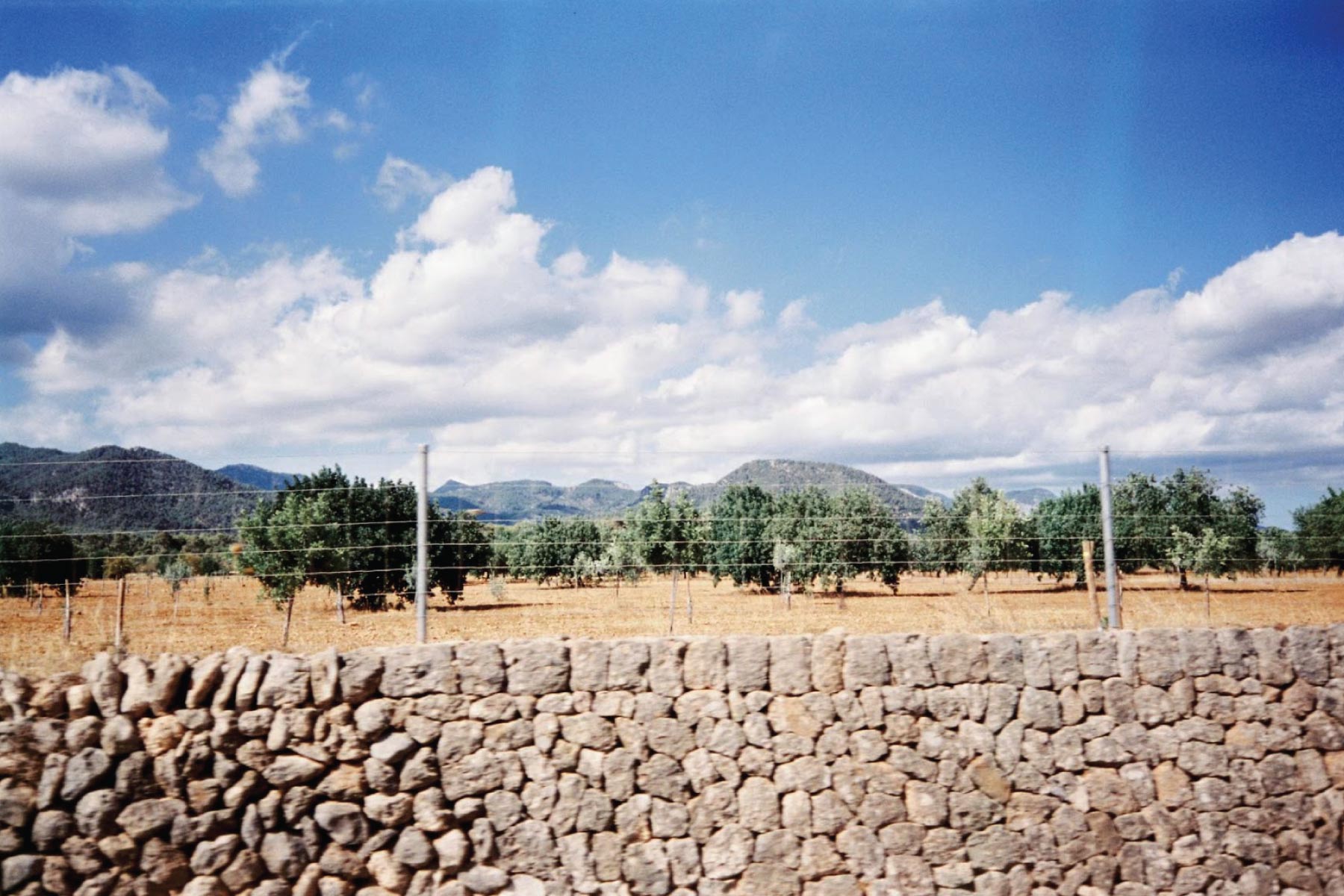

I began climbing the final Coll de la Creueta once the sun had already set, but alas that would not be the final stop of the tour as the lighthouse of Far de Formentor was calling. The next two hours were ridden in pitch black and it was not long before I realized I was the only person on the peninsula, as I gave way for the final two coaches to drive back inland.
Arriving at the lighthouse was surreal. A mixture of relief and melancholy as I became more aware that I was missing out on a truly epic scene—thanks Google Street View for reminding me—but I also reveled in creating such a unique experience and a very memorable way to finish the tour.


The sense of relief as I finished the return climb up to Coll de la Creueta was overwhelming. A long-held dream of one day riding in Mallorca was over and I had conquered my quest.

And to the question of how much the Bivo One bottles weigh? Let’s just say that lightweight is overrated and a few extra grams (or kilograms of bags and kit) will never stop you from setting stupid challenges like climbing 12 colls in 36 hours. And then completing them!
Day 1: 101 km and 2,394m
https://www.strava.com/activities/7690468029

Day 2: 219 km and 2,917m
https://www.strava.com/activities/7702480818





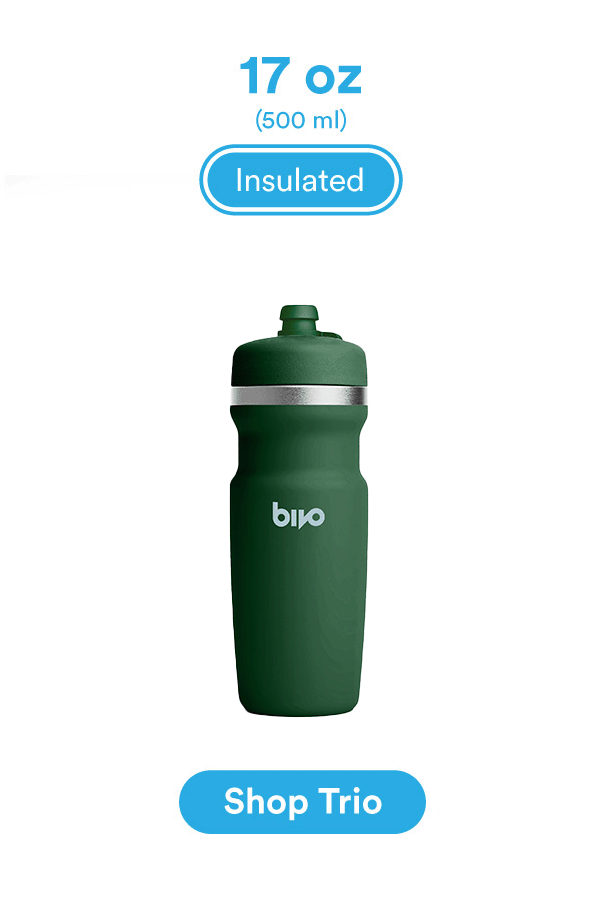
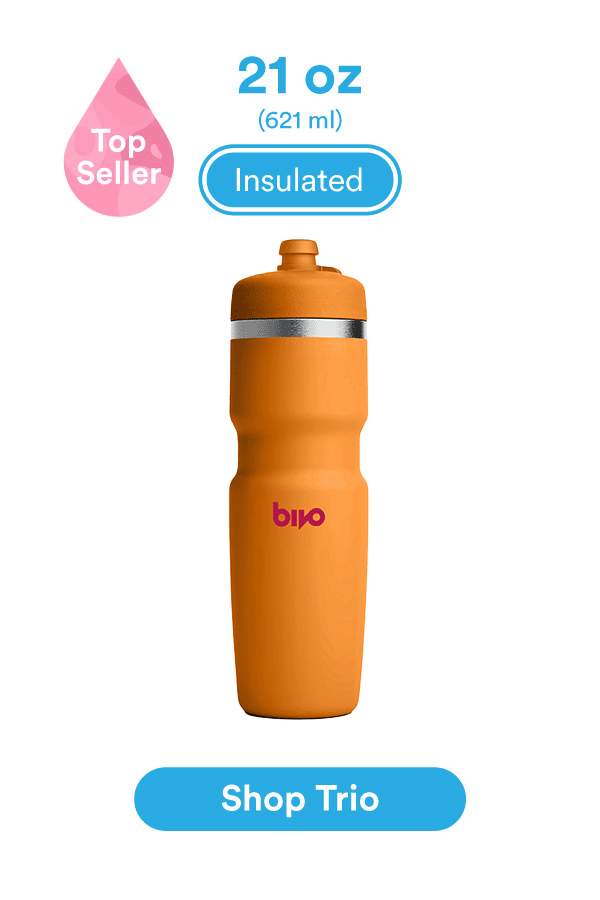
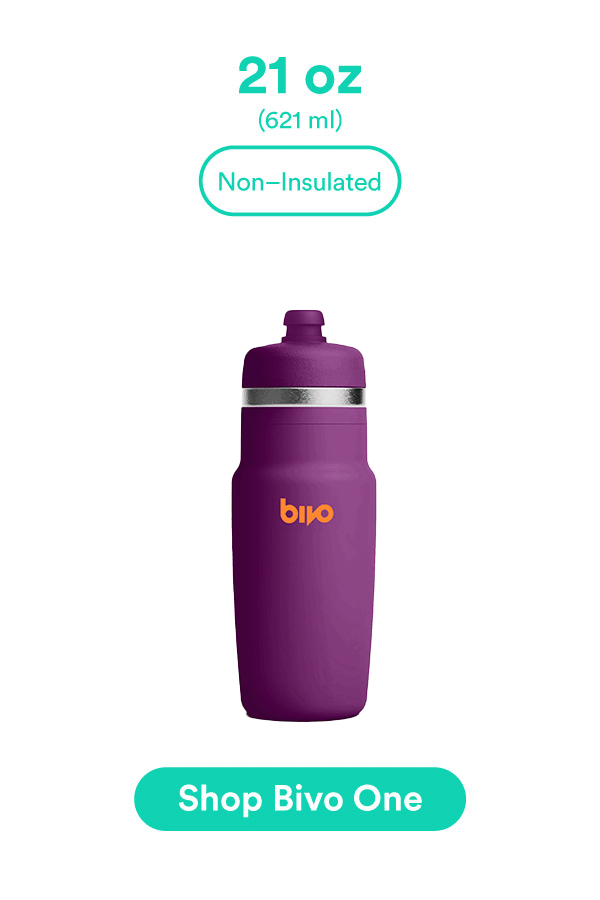

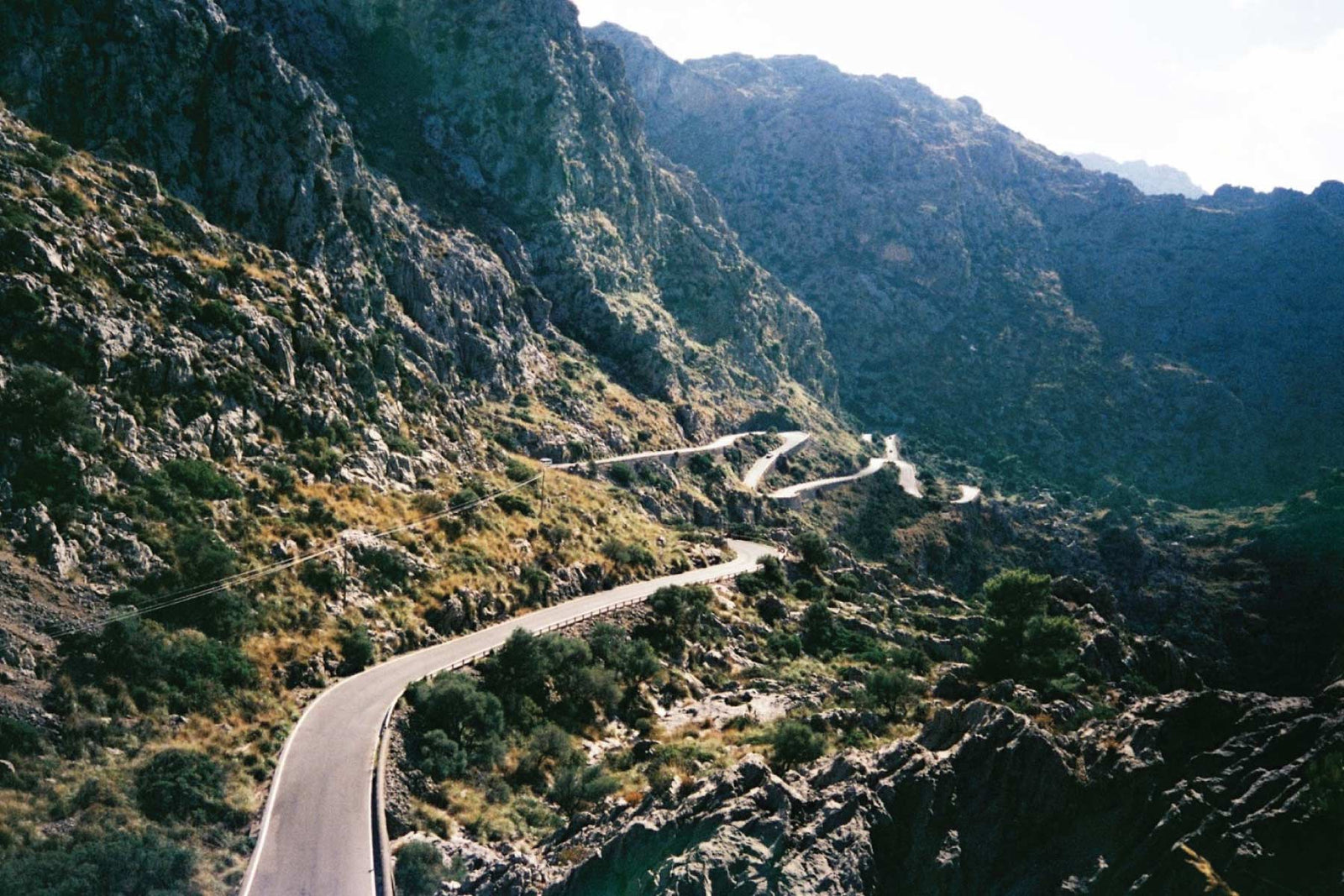

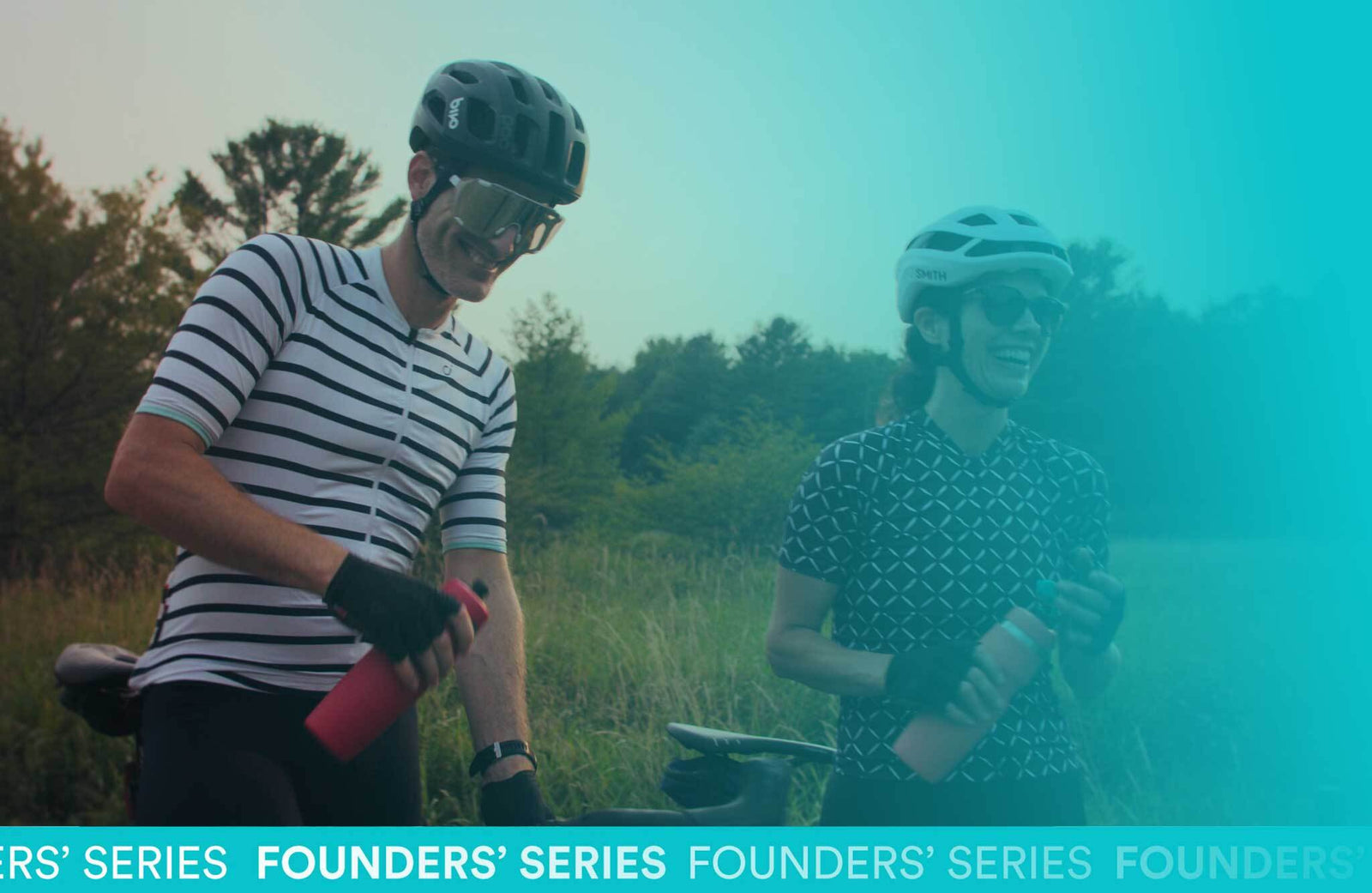

Gary Hoek
February 28, 2023
Hi Charles,
Thanks for a great article and photos and for allowing us to share something of your adventure!
Keep well
Regards
Gary (South Africa)